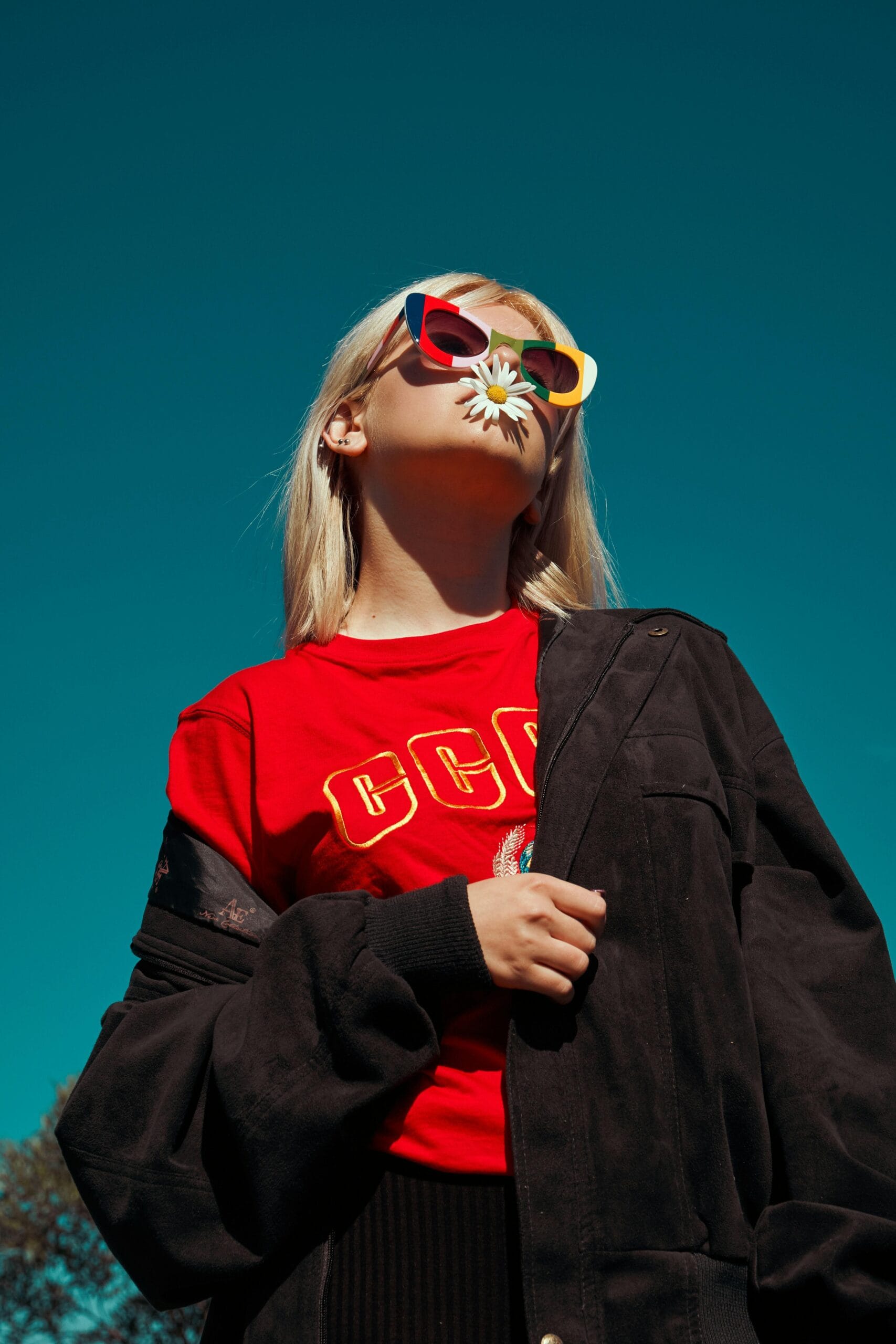The fashion industry, once notorious for its lavish waste and fleeting trends, is undergoing a remarkable transformation. At the forefront of this change is the circular economy, a visionary approach that champions sustainability, regeneration, and mindfulness. In our listicle, “7 Ways the Circular Economy is Transforming Fashion Today,” we explore the innovative strides being made within this dynamic nexus of style and sustainability. From groundbreaking materials to pioneering business models, you’ll discover how the marriage of fashion and the circular economy is reshaping wardrobes and narratives alike. Embark on this journey to uncover seven influential shifts that are not just altering the way we dress, but also redefining our relationship with the world of fashion.
Sustainable Materials
Fashion brands are increasingly focusing on materials that are either recycled or biodegradable. This not only reduces waste but also minimizes the ecological footprint.
- Recycled Polyester: Made from plastic waste, reducing dependency on virgin polyester.
- オーガニックコットン: Grown without synthetic pesticides, promoting healthier soil.
- Econyl: A regenerated nylon made from old fishing nets and fabric scraps.
Clothing Rental Models
Rental services allow consumers to enjoy high fashion without the long-term commitment, cutting down on the volume of new clothes produced.
- Special Occasions: Rent designer dresses for events.
- Subscription Boxes: Monthly clothing rentals for a fresh wardrobe.
- Corporate Wear: Rent professional attire, reducing the need to purchase multiple suits.
Upcycling Initiatives
Many designers and brands are now transforming outdated or discarded garments into new, stylish items, giving old clothes a second life.
- Denim Revival: Old jeans turned into chic jackets.
- Creative Patchwork: Combining various fabric leftovers into unique pieces.
- Vintage Reimagined: Modern designs using vintage fabrics.
Repair and Resell Programs
Brands offer services to repair or refurbish old garments, making them as good as new, and often resell them at a fraction of the original cost.
| ブランド |
プログラム |
| パタゴニア |
Worn Wear |
| Nudie Jeans |
Repair Shops |
| アイリーン・フィッシャー |
リニューアル |
Zero Waste Design
Utilizing every scrap of material, zero waste design techniques ensure that no fabric goes unused, significantly reducing waste.
- Pattern Efficiency: Designs that use entire fabric rolls.
- Modular Garments: Clothes that can be reconfigured into different styles.
- 3D Knitwear: Knitting garments to size, reducing cut-off scraps.
Localized Manufacturing
Producing garments closer to the consumer reduces carbon footprints from transportation and supports local economies.
- Made in USA: Brands focusing on domestic manufacturing.
- European Production: Lesser-known brands thriving with local production.
- フェアトレード: Ensuring ethical practices in local communities.
Blockchain for Transparency
Blockchain technology is being adopted to provide transparent supply chains, giving consumers insight into every step of a garment’s journey.
| 特徴 |
ベネフィット |
| Track and Trace |
Know where materials come from. |
| Material Authenticity |
Verify organic or recycled claims. |
| Fair Labor Verification |
Ensure ethical manufacturing practices. |
要点
As we reach the end of our exploration into the transformative power of the circular economy within the fashion world, it’s clear that innovation and sustainability are walking hand in hand down the runway. From innovative recycling techniques to revamping the lifecycle of garments, the change is weaving a new fabric for the industry—one that is durable, eco-friendly, and remarkably chic.
In this ever-evolving landscape, the circular economy is not just an accessory; it’s becoming the wardrobe essential that every brand and consumer needs to embrace. So next time you slip into your favorite outfit, consider the journey it’s on—to not only clothe you but also to protect the world we live in.
Together, as we close this chapter, let’s look forward with optimism and style to a future where fashion doesn’t just make us look good, but does good. Because the circular economy isn’t just a trend—it’s the future of fashion.
Stay fashionable, stay sustainable.
